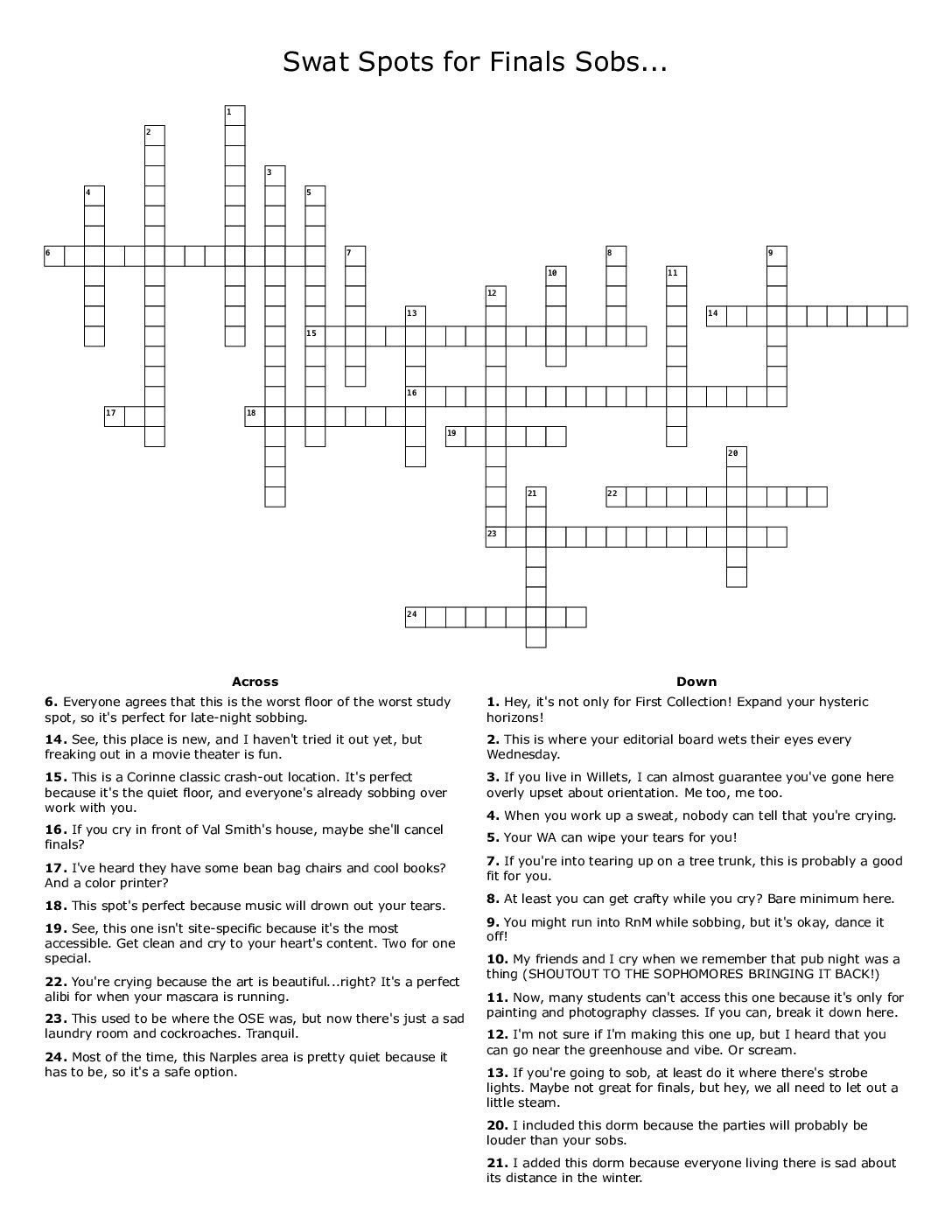Editor’s note: This article was initially published in The Daily Gazette, Swarthmore’s online, daily newspaper founded in Fall 1996. As of Fall 2018, the DG has merged with The Phoenix. See the about page to read more about the DG.
 Bak at the panel. Photos by Cindy Lin.
Bak at the panel. Photos by Cindy Lin.Last Thursday, painter, writer and Holocaust survivor Samuel Bak gave a lecture in LPAC. His work is currently being exhibited in the List Gallery.
Bak, who was born in Vilna in 1933 (then Poland, now in Lithuania), began his lecture by showing some of his childhood artwork. He then spoke about some of his most recent paintings. Having spend his adolescence witnessing genocide, Bak’s works focus on the impact of the Holocaust on the Jewish people and culture of Eastern Europe.
Discovering his love for art at the age of nine, Bak continued to draw and paint from that point onward, even as his life became increasingly turbulent. When Germany invaded Vilna in 1940, Bak and his family moved into the ghettos, where he found the subjects for his earliest works of art.
Moving to a labor camp, being smuggled out and eventually finding refuge in a monastery, Bak and his mother were the only members of their family who survived the war. Bak became a stage and costume designer for theater early in his career. Then, influenced by the 1950’s art scene in Paris, Bak experimented in different styles of painting: from geometric abstraction to monochromatic restrictions and figurative stylization.
 The reception at Bak’s exhibit in the List Gallery.
The reception at Bak’s exhibit in the List Gallery.During the lecture, a colleague of Bak’s presented two of Bak’s paintings in depth: a self-portrait and and a still life. He explained that Bak’s choice to create a self-portrait was ironic in that it was created to convey a loss of identity. It embodied Bak’s realization that in a post-Holocaust world, he cannot only think in terms of “self”, the dead and living world live side-by-side. The still life painting was composed of objects that were carefully chosen to each represent an action or concept, and a surrounding that was subconsciously yet meticulously designed: Bak achieves the reflection of post-Holocaust consciousness through an arrangement of inanimate objects.

Bak described the impact the Holocaust had on him through his paintings. His memories of the event have permeated through his mind and memory consciously as well as subconsciously. Bak said the Holocaust revealed to him the best and worst sides of the human race, from sacrifice to brutality, as he was tossed at a young age into a world he could not control.














